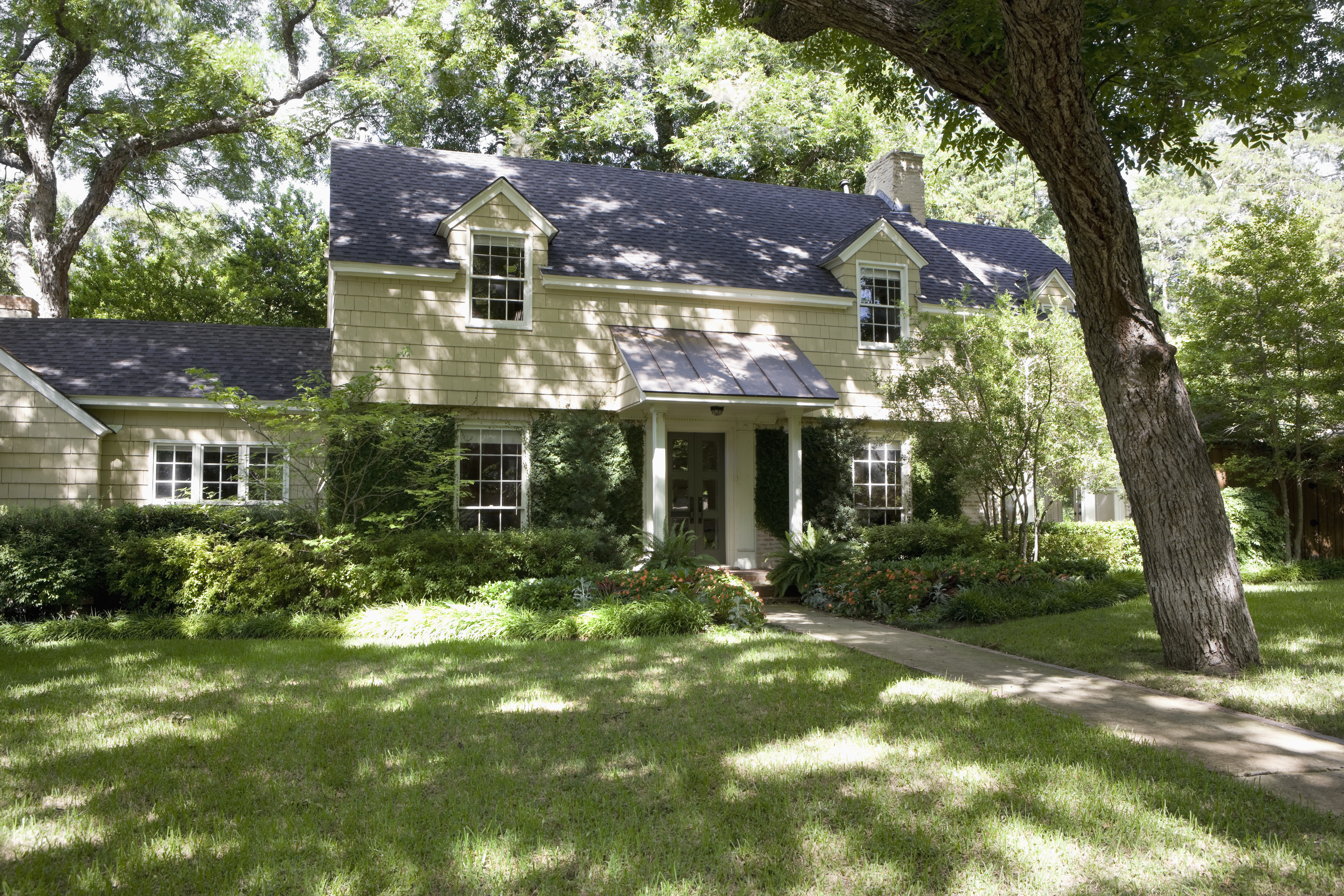
Discover the cost to winterize a sprinkler system, including average prices, key cost factors, and tips to save. Learn what impacts your estimate and how to budget.
Leaving the sprinklers running is bad for your wallet and your lawn


Sprinkler heads use between 2 and 5 gallons of water per minute.
Water your lawn between 15 and 25 minutes three times per week.
Calculating the amount of water you use keeps your yard lush.
Sprinkler systems deliver reliable water to your lawn and plants throughout the growing season, but it’s important to know how much water your sprinkler system uses so you can make sure you’re using enough—but not too much—and plan for your summer water bills. Using this sprinkler water usage calculator, you’ll be able to estimate the amount of water your sprinkler system puts out based on how many sprinkler heads you have.
A sprinkler head uses between two and five gallons of water per minute. You can use the table below to estimate how much water your sprinkler system uses per minute based on how many sprinkler heads you have. How long to run sprinklers depends on the type of sprinkler, soil, and vegetation you have, but it averages out to about 20 minutes three times per week during the peak growing season.
| Number of Sprinkler Heads | Water Use Per Minute | Water Use Per 20 Minutes |
|---|---|---|
| 1 | 2–5 gallons | 40–100 gallons |
| 2 | 4–10 gallons | 80–200 gallons |
| 3 | 6–15 gallons | 120–300 gallons |
| 4 | 8–20 gallons | 160–400 gallons |
| 5 | 10–25 gallons | 200–500 gallons |
To determine how much water your sprinklers are putting out each time you turn them on, you can check the manufacturer’s information. This should tell you the flow rate, measured in gallons per minute (GPM). The sprinkler water usage calculator takes the flow rate multiplied by the number of minutes the sprinkler runs to find out how much water the sprinkler system uses.
Amount of Water Used = Flow Rate x Minutes x Number of Sprinkler Heads
Using this calculation, you’ll be able to estimate how much water your sprinkler system uses, which can help prepare you for increased water bills throughout the summer.
Using a sprinkler system to keep your yard lush requires regular maintenance to keep the sprinkler heads running. If you notice that your sprinkler heads aren’t functioning as they should, you need to know who to call to turn on your sprinklers and for sprinkler system repairs.
A lawn care service company or irrigation pro will be familiar with sprinkler system installation and repairs and know how to maintain them for proper functioning. They can also turn the system on at the beginning of the season and off at the end. You may be able to learn how to install a sprinkler system, but if you’re unsure you’ll be able to do the job correctly, you’ll need to hire someone.
Bryan and his crew were very polite and the work they did was exceptional! Iâ d highly recommend Dixon Superior Painting.
Fast work, one man crew, great customer service
Their price was great, the job was great. I did ask them to come back and fill in a little better around the concrete pad, which they came back and did. They are A+, would highly recommend.
Excellent company to work with. Great job and very happy with results. The boss and crew were great people and fast workers.
It really isn't an overstatement to say our experience with Tyler and his team couldn't have been better. They were extremely responsive (even on weekends), knowledgeable, and professional throughout the entire process. Their tagline is "on time and under budget" and my loan experience with...
On time, prep was awesome, whole crew was nice and clean cutà ¢à  à ¦. Perfect install of our front parking area! I would strongly recommend this company!
Friendly guy who did a great job on the lawn
After having a bad experience with a local company, a friend recommended this company. JR and his son were extremely professional. The work was done in a timely manner and with a good quality. Highly recommend.
I felt he was knowledgeable, and he was able to get the job done when I wanted it done.
I have used Jake's Lawn and Tree Service for over 6 years on my lawn and tree removal on my farm. His workers are always on task and the work gets done properly.
From average costs to expert advice, get all the answers you need to get your job done.

Discover the cost to winterize a sprinkler system, including average prices, key cost factors, and tips to save. Learn what impacts your estimate and how to budget.

Discover drip irrigation system cost estimates, key price factors, and ways to save. Get transparent pricing to plan your home irrigation project confidently.

A French drain costs around $9,250 to install, but several factors will determine the final price you pay. Learn the cost to install French drains in this guide.

Have you ever wondered, “How does a sprinkler valve work?” Dive into the details of this important component of your sprinkler system.

Discover the cost to dethatch a lawn, including average prices, key factors, and tips to help you budget for a healthier, greener yard.

Lawn irrigation system issues can be frustrating, especially if it’s running up your water bills. Here are seven sprinkler problems to troubleshoot.